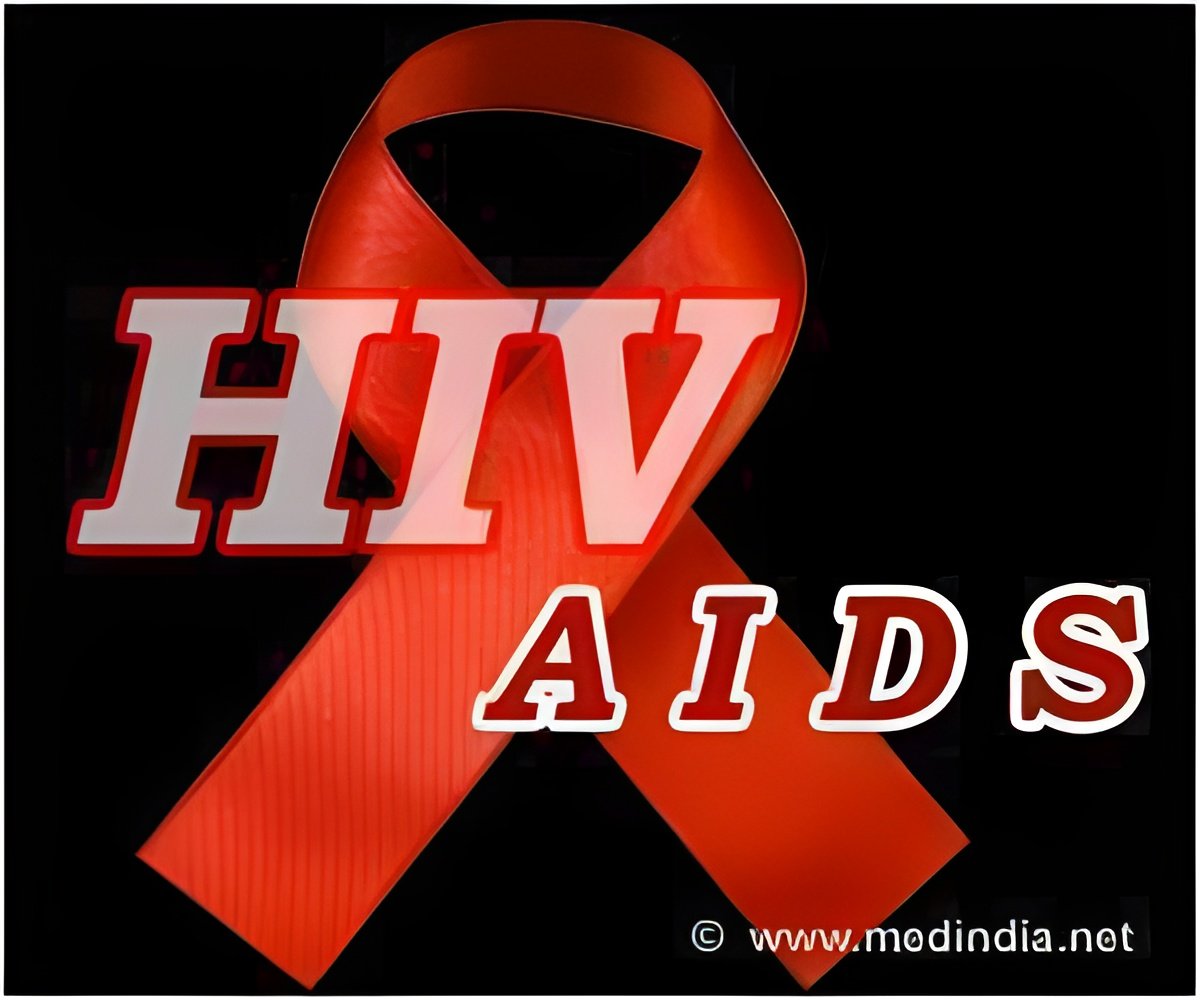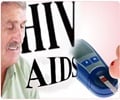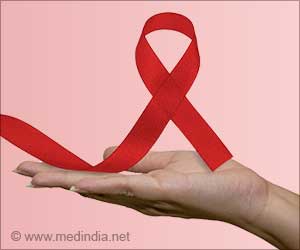At the height of the AIDS epidemic in the 1980s, men who were married were significantly less likely to die of HIV/AIDS than their divorced or otherwise single counterparts, reveals new study.

But race proved to be a significant risk factor, with African-American women nine times more likely to die of HIV/AIDS and Latinas seven times more likely to die of the disease than white women.
Those mortality rates were considerably higher than those for men of color compared to white men.
The study by University of California, Riverside (UCR) sociology professor Augustine Kposowa - 'Marital status and HIV/AIDS mortality: evidence from the US National Longitudinal Mortality Study' - is the first to examine the effects of marital status on deaths of individuals with HIV/AIDS.
Using data from a recent release of the US National Longitudinal Mortality Study and the National Death Index, Kposowa tracked nearly 763,000 individuals age 15 and older between 1983 and 1994.
A total of 410 of those individuals died of HIV/AIDS in that period of time.
Advertisement
Divorced and separated men were more than six times more likely to die of AIDS than married men, and those who had never married were 13.5 times more likely to die of the disease than those who were married.
Advertisement
The study is published in the International Journal of Infectious Diseases, the official publication of the International Society for Infectious Diseases.
Source-ANI









